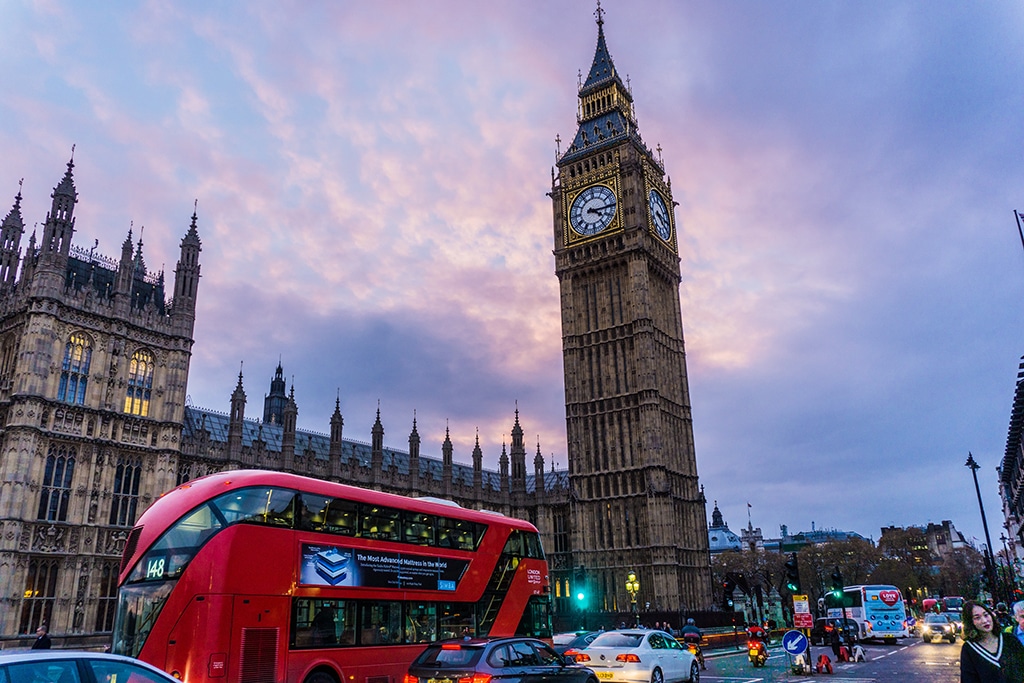A turning point in crypto regulation, led by Europe
If GDPR marked a defining moment in consumer data protection, MiCA can point to responsible crypto governance
If GDPR marked a defining moment in consumer data protection, MiCA can point to responsible crypto governance
There has been a lot of noise over Finance Minister Nirmala Sitaraman’s response to a question recently in Parliament about the Indian government’s stance on cryptocurrencies. Some headlines even went so far as to suggest that there was a new plan to ban crypto in India.
According to my reading, all the finance minister’s response reveals is that while India’s central bank wants a ban on cryptocurrencies, any legislation to “regulate or ban crypto” can only be effective after significant international cooperation.
A seamless resource
This is true. Crypto is an internet-based resource that is not limited by geographical boundaries. To transfer crypto one does not need a pipeline or shipping container. A stable Internet connection and some basic knowledge of crypto services is all that is needed to allow anyone in the world to transfer crypto assets.
Furthermore, cryptoassets are not issued or controlled by any business. There are just over 19 million bitcoins currently in circulation, out of a total limited supply (hence the scarcity) of 21 million bitcoins. Any of the estimated 75 million crypto wallet holders can own these bitcoins, or their fractions (called satoshis or sats).
How then can such a seamless financial asset be regulated? How can regulators monitor the flow of capital into and out of their jurisdiction? Answers to these questions will lead us to a framework for regulating the crypto industry. Fortunately, a global consensus is emerging on this aspect.
In June, amid all the attention surrounding inflation and the related capital market turmoil, the European Parliament and Council, the legislative arms of the European Union, reached a tentative agreement on long-awaited crypto regulations, namely the Regulation of Markets in Crypto-Assets, or MiCA.
It took two years of brainstorming and negotiations before Europe came here. But before we analyze through MiCA, it is important to understand why European regulations are worth noting.
The European market is second only to the US economically and behind Asia in terms of the number of Internet users. Nevertheless, Europe is the global benchmark for technology regulations. The General Data Protection Regulation, or GDPR, first published in 2016 and implemented in 2018, marked a turning point for consumer data protection and privacy, not only in Europe but worldwide.
The GDPR introduced a framework for seeking user consent and introduced several progressive rules such as the right to be forgotten. The Supreme Court of India has also held that the right to privacy is a fundamental right and an integral part of the right to life and liberty.
Setting standards
Now Europe is showing us the way to regulate crypto assets. So how does MiCA intend to regulate an asset that is not limited by geography? It proposes to regulate crypto asset services and issuers of crypto assets. By regulating these entities, Europe intends to offer consumer protection, transparency and governance standards, regardless of the decentralized nature of the technology.
For example, under MiCA, crypto asset service providers will be liable in the event they lose investors’ assets, and will be subject to European market abuse regulations, including those on market manipulation and insider trading.
MiCA then goes on to lay out specific rules for stablecoins, rightfully demarcating them from other cryptoassets. Under the proposed rules, issuers of stablecoins – asset-backed tokens is the term it uses – are subject to a greater degree of compliance and disclosure. Under MiCA, stablecoin issuers must maintain reserves to cover all claims on the coins, and should implement a process for immediate redemption if and when holders seek one.
The TerraUSD example
This is significant. The recent collapse of TerraUSD, an algorithmically stable coin that did not have sufficient reserve and mainly depended on the supply and demand balance with its sister coin Luna, had caused significant losses to private and institutional investors. If the laws Europe is proposing had been in effect, TerraUSD issuers would have had to maintain the 1:1 reserve, which would have prevented the bank run that rocked the crypto market.
To be clear, Europe still has some way to go to implement these proposed rules. But as GDPR did for data protection, Europe has shown the way forward to regulate crypto in a way that enables responsible businesses and protects users. It wouldn’t be too long for other nations to follow suit.
Ashish Singhal is the co-founder and CEO of CoinSwitch


